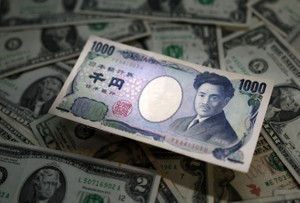THE ASAHI SHIMBUN
June 1, 2019 at 15:55 JST
Photos kept hidden out of fear for 30 years have finally surfaced showing the brutality and anger surrounding the 1989 Tiananmen Square pro-democracy protests in Beijing.
The black-and-white photos, taken by a photographer with a Chinese newspaper and never before released, have been obtained by The Asahi Shimbun.
Initially, Chinese authorities had banned the publication of photos related to the protest by Chinese media. The cameraman also feared that releasing the photos might lead the authorities to go after those captured on film.
The photographer at one time felt the day would come when China would discuss the protests in an open manner. But close to 30 years after the incident, the official stance is that the protest was an "anti-revolutionary rebellion."
Regarding why the photos are being released now, the photographer said, "I want many people to learn through the photos the facts of what actually happened and think about the incident."
Many foreign media organizations published images of the crackdown on the Tiananmen Square protesters, but it is rare for those working in the tightly controlled Chinese media to release their photos.
Student protesters began gathering in the square from April 1989 to first express their sympathy at the death of Hu Yaobang, the former secretary-general of the Chinese Communist Party considered one of the leaders of the reformist movement. The demands for greater democracy was met by a crackdown ordered by Deng Xiaoping, the supreme leader at the time.
The military was sent to the square from the evening of June 3. While the government insists that only 319 people died in the incident, the entire picture has yet to be revealed.
One of the released photos shows dozens of military personnel lined up on two sides of a lone kneeling protester who had been detained.
Many reporters and photographers had their film confiscated by the authorities immediately after the crackdown, but the photographer managed to hold on to about 100 prints.
Some of the earlier photos show residents providing food and drink to the military personnel sent to the square as well as explanations by protesters that they had no intention of harming the soldiers.
But when the military crackdown began, the photos then showed dead bodies taken to hospitals after the victims were run over by military vehicles or shot by the soldiers.
"I never thought the military would open fire," the photographer said. "I also feared that I might be shot."
Subsequent photos show residents taking out their anger on the soldiers as the violence escalated.
The photographer had followed orders to stop taking photos in other pro-democracy protests.
"As a reporter, I regretted creating a vacuum in history," the photographer said. "In 1989, I continued to take the photos because I wanted to accurately record what happened, even though I did not know if I would be able to immediately publish them."




















Stories about memories of cherry blossoms solicited from readers
Cooking experts, chefs and others involved in the field of food introduce their special recipes intertwined with their paths in life.
A series based on diplomatic documents declassified by Japan’s Foreign Ministry
A series on the death of a Japanese woman that sparked a debate about criminal justice policy in the United States
A series about Japanese-Americans and their memories of World War II
Here is a collection of first-hand accounts by “hibakusha” atomic bomb survivors.